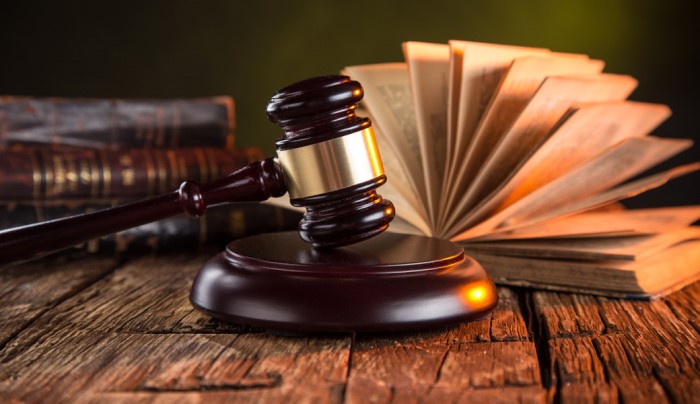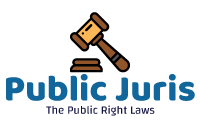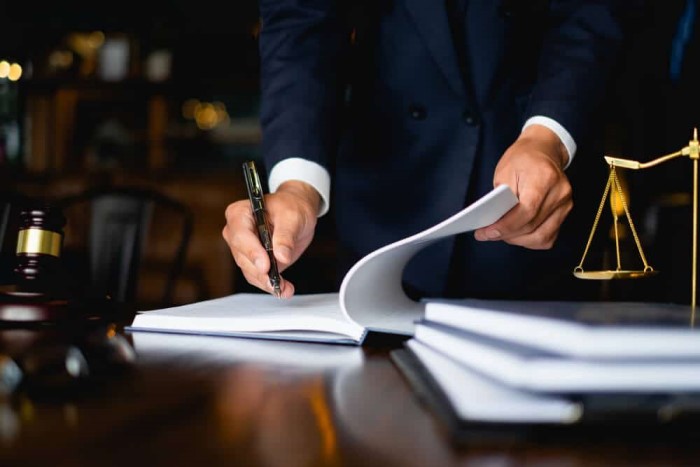
Motorcycle Accident and Physical Therapy: Maximizing Recovery
Discover how physical therapy plays a crucial role in maximizing recovery after a motorcycle accident. Learn about the importance of early intervention, tailored exercises, and rehabilitation techniques for optimal healing and restoration of function.
Introduction
Motorcycle accidents can have devastating consequences, often resulting in severe injuries that require extensive rehabilitation. In the journey toward recovery, physical therapy emerges as a vital component, offering individuals a pathway to regain strength, mobility, and independence. This article explores the intersection of motorcycle accidents and physical therapy, shedding light on strategies to maximize recovery and enhance overall well-being.
Understanding the Impact of Motorcycle Accidents
Motorcycle accidents can lead to a myriad of injuries, ranging from minor bruises to life-altering trauma. The force of impact, coupled with the lack of protective barriers inherent to motorcycles, increases the likelihood of sustaining severe injuries. Common injuries include fractures, head trauma, spinal cord injuries, and soft tissue damage. Each injury presents unique challenges, requiring a personalized approach to rehabilitation.
The Role of Physical Therapy in Recovery
Early Intervention and Assessment
Early Intervention: Prompt initiation of physical therapy is paramount in mitigating the long-term effects of motorcycle accident injuries. Early intervention allows therapists to assess the extent of injuries, identify functional limitations, and develop tailored treatment plans.
Comprehensive Assessment: Physical therapists conduct a thorough evaluation, encompassing range of motion, strength, balance, and functional abilities. This assessment serves as the foundation for designing individualized rehabilitation programs tailored to the specific needs of each patient.
Tailored Exercise Programs
Targeted Exercises: Physical therapists prescribe targeted exercises aimed at addressing deficits identified during the assessment phase. These exercises may focus on improving strength, flexibility, balance, coordination, and proprioception.
Progressive Rehabilitation: As patients progress in their recovery journey, therapists adjust exercise intensity and complexity to ensure continued improvement. Progressive rehabilitation promotes adaptive changes within the body, fostering recovery and enhancing functional outcomes.
Rehabilitation Techniques
Manual Therapy: Hands-on techniques, such as joint mobilizations and soft tissue mobilization, play a crucial role in restoring mobility, alleviating pain, and promoting tissue healing.
Modalities: Therapeutic modalities, including heat therapy, cold therapy, electrical stimulation, and ultrasound, may be utilized to manage pain, reduce inflammation, and facilitate tissue repair.
Functional Training and Adaptive Equipment
Functional Training: Rehabilitation extends beyond the clinic environment, encompassing real-world activities that enhance functional independence. Physical therapists incorporate functional training into treatment sessions, focusing on tasks relevant to daily life and vocational pursuits.
Adaptive Equipment: In cases where permanent disability or mobility impairment occurs, therapists collaborate with patients to identify adaptive equipment and assistive devices that optimize independence and participation in meaningful activities.
Motorcycle Accident and Physical Therapy: Maximizing Recovery
Motorcycle accidents can result in significant physical, emotional, and financial burdens. However, with comprehensive physical therapy intervention, individuals can achieve remarkable recoveries and reclaim their quality of life. By addressing the unique challenges posed by motorcycle accident injuries, physical therapists empower patients to overcome obstacles and embrace a future characterized by resilience and vitality.
Frequently Asked Questions (FAQs)
- How soon after a motorcycle accident should I start physical therapy? It is advisable to initiate physical therapy as soon as medically stable, ideally within days or weeks following the accident. Early intervention enhances outcomes and prevents secondary complications.
- What types of injuries can benefit from physical therapy after a motorcycle accident? Physical therapy can address a wide range of injuries, including fractures, soft tissue injuries, spinal cord injuries, traumatic brain injuries, and orthopedic trauma.
- How long does physical therapy rehabilitation typically last after a motorcycle accident? The duration of physical therapy varies depending on the severity of injuries, individual progress, and treatment goals. Some individuals may require weeks or months of rehabilitation to achieve optimal outcomes.
- Can physical therapy help with chronic pain resulting from a motorcycle accident? Yes, physical therapy offers strategies to manage chronic pain, including manual therapy techniques, therapeutic exercises, modalities, and pain education.
- What role does psychological support play in physical therapy after a motorcycle accident? Psychological support is integral to the rehabilitation process, addressing emotional challenges, coping strategies, and mental health needs associated with the trauma of a motorcycle accident.
- Are there specialized physical therapy programs for motorcycle accident survivors? Some rehabilitation centers offer specialized programs tailored to the unique needs of motorcycle accident survivors, incorporating comprehensive rehabilitation services and multidisciplinary care.
Conclusion
In the aftermath of a motorcycle accident, the journey toward recovery may seem daunting, but with the guidance of skilled physical therapists, individuals can navigate this path with resilience and determination. Through early intervention, personalized treatment plans, and a holistic approach to rehabilitation, physical therapy maximizes recovery potential and fosters a return to an active and fulfilling life.



